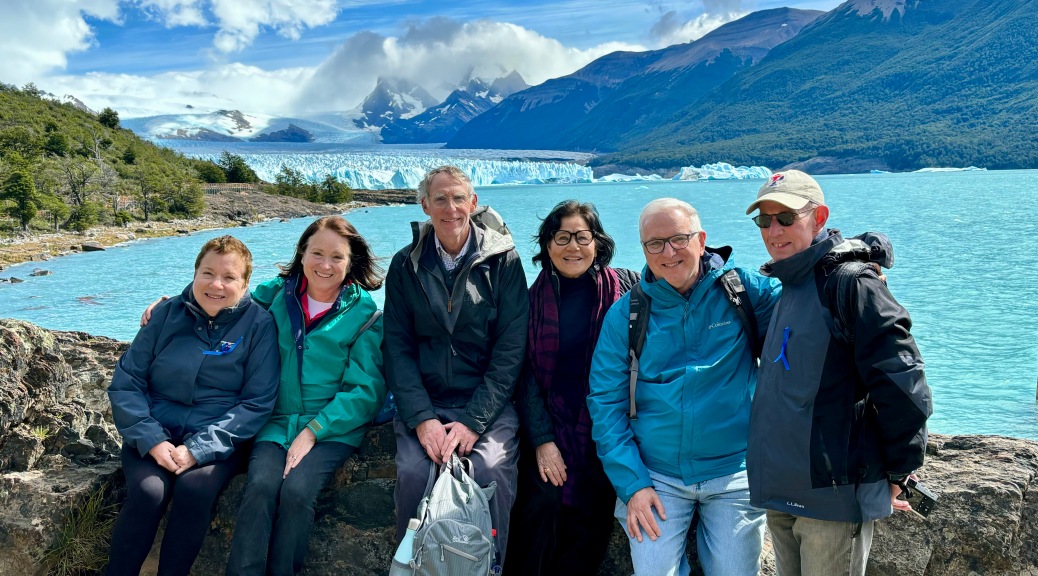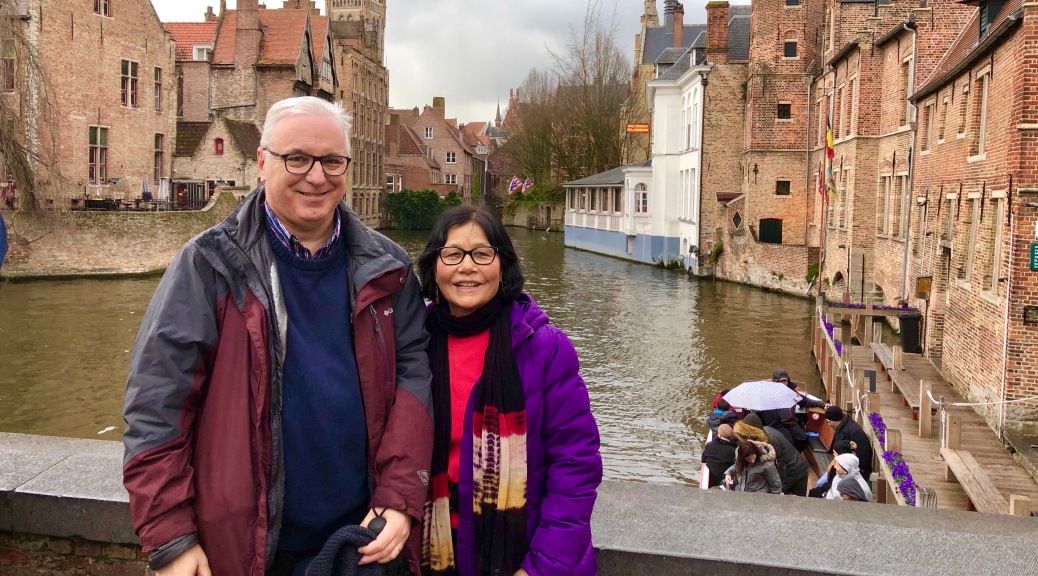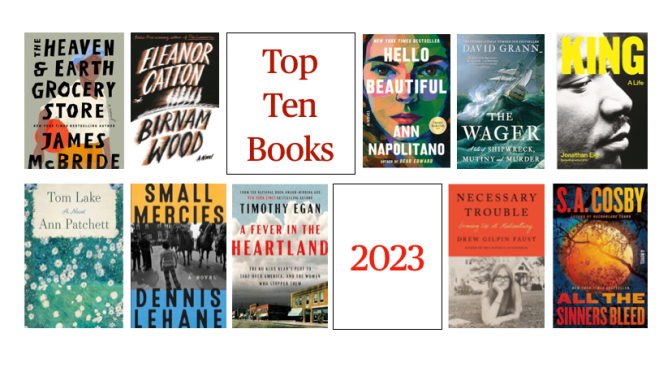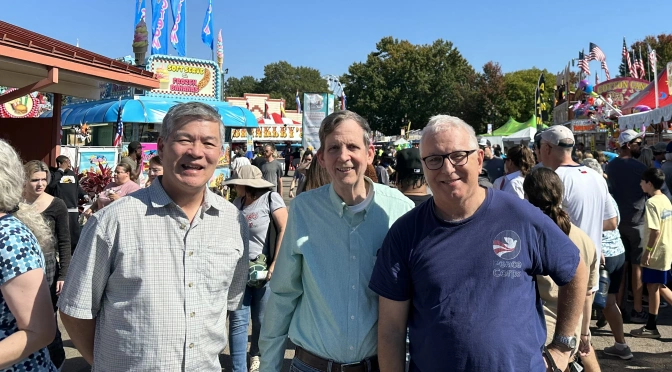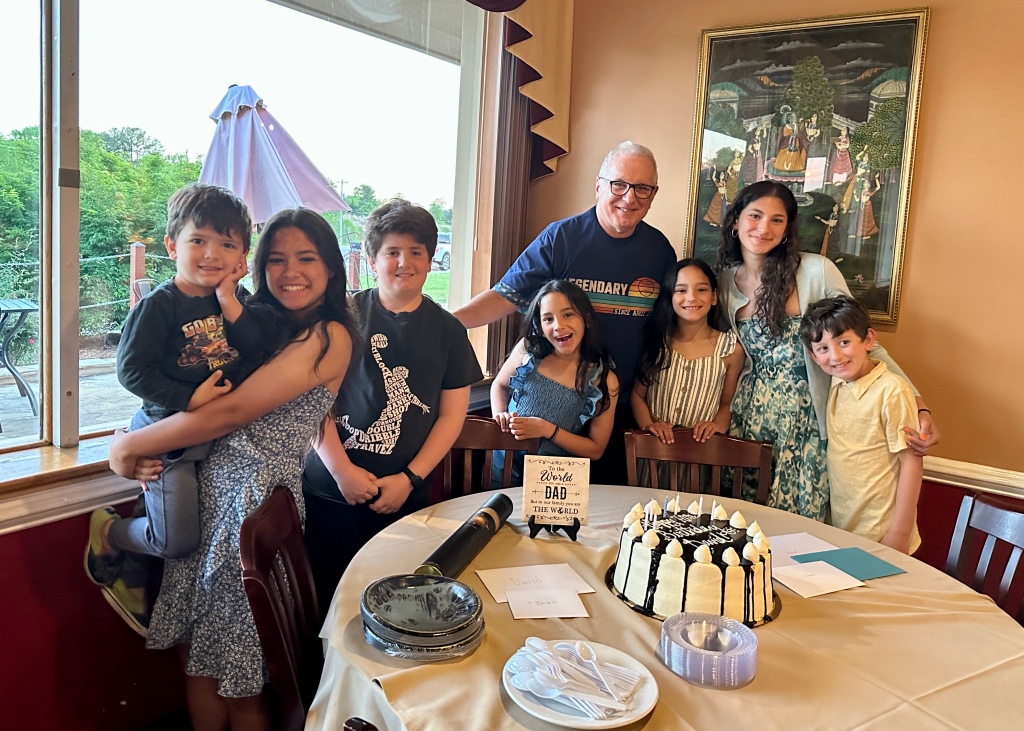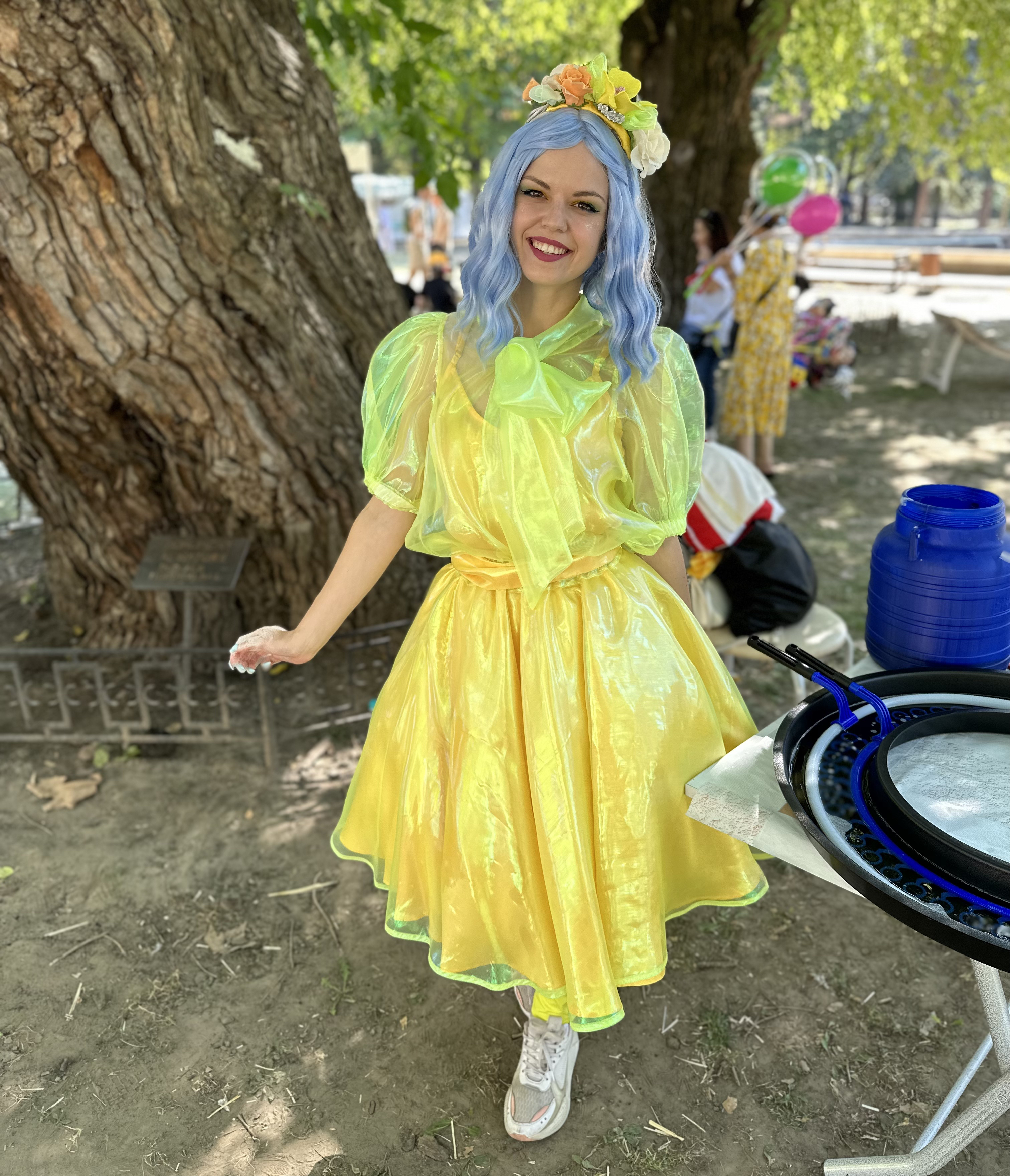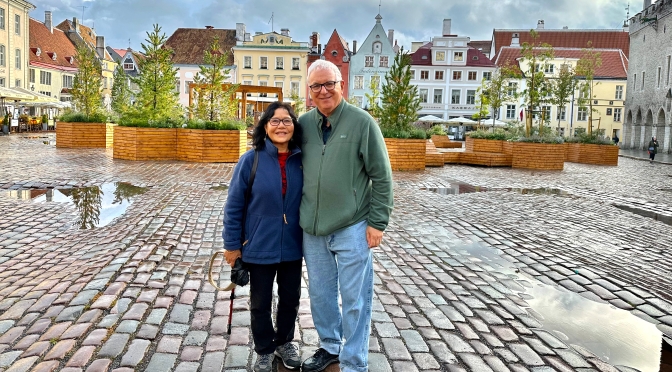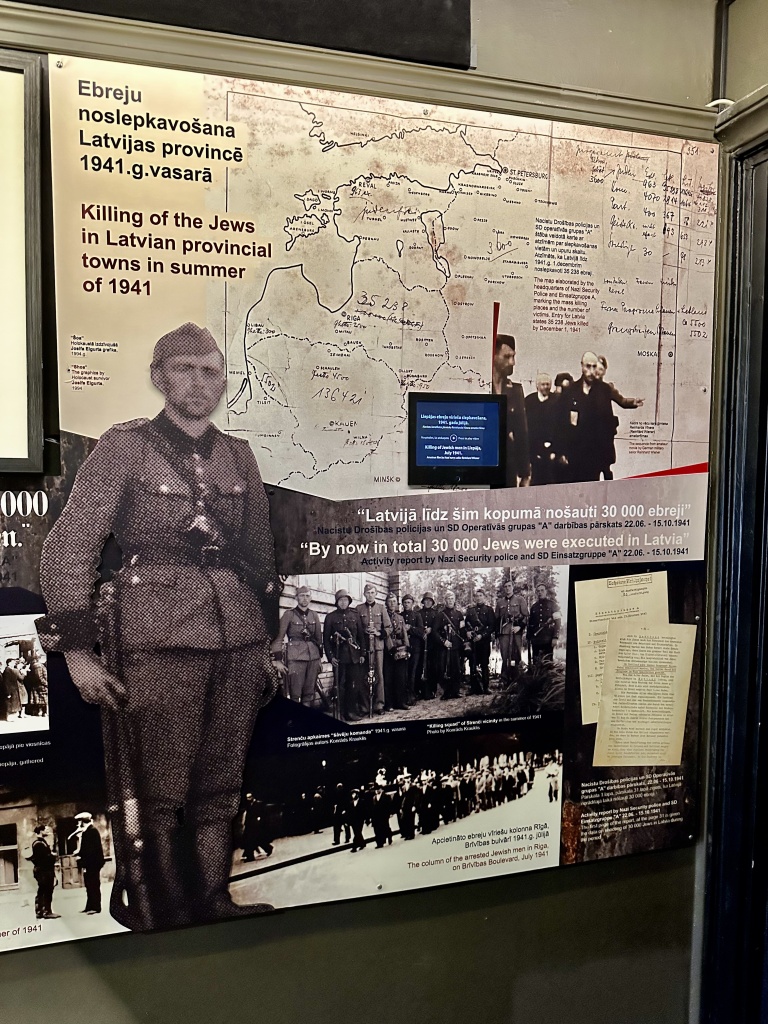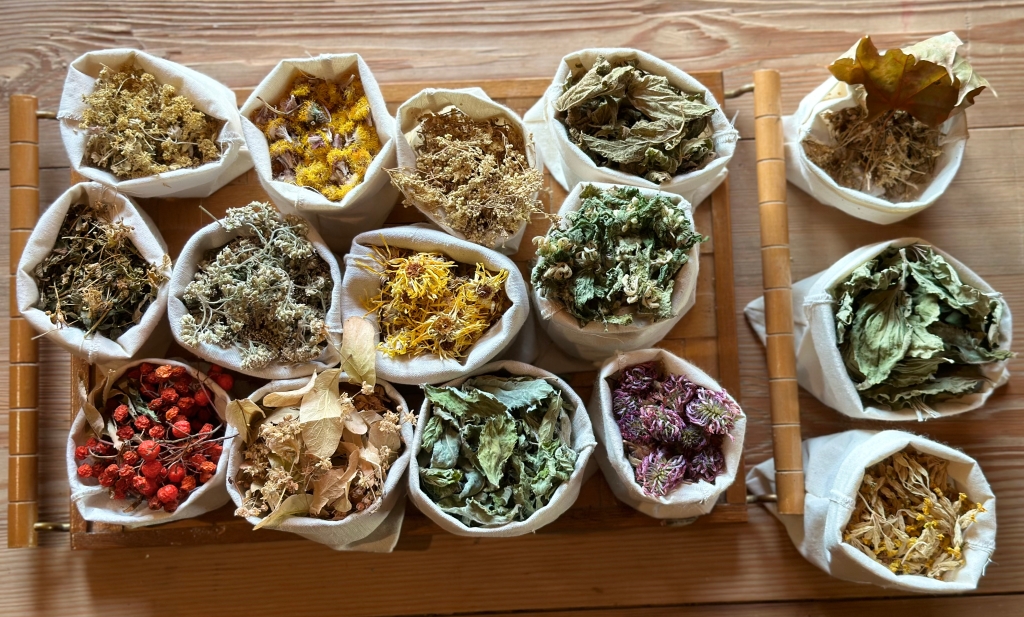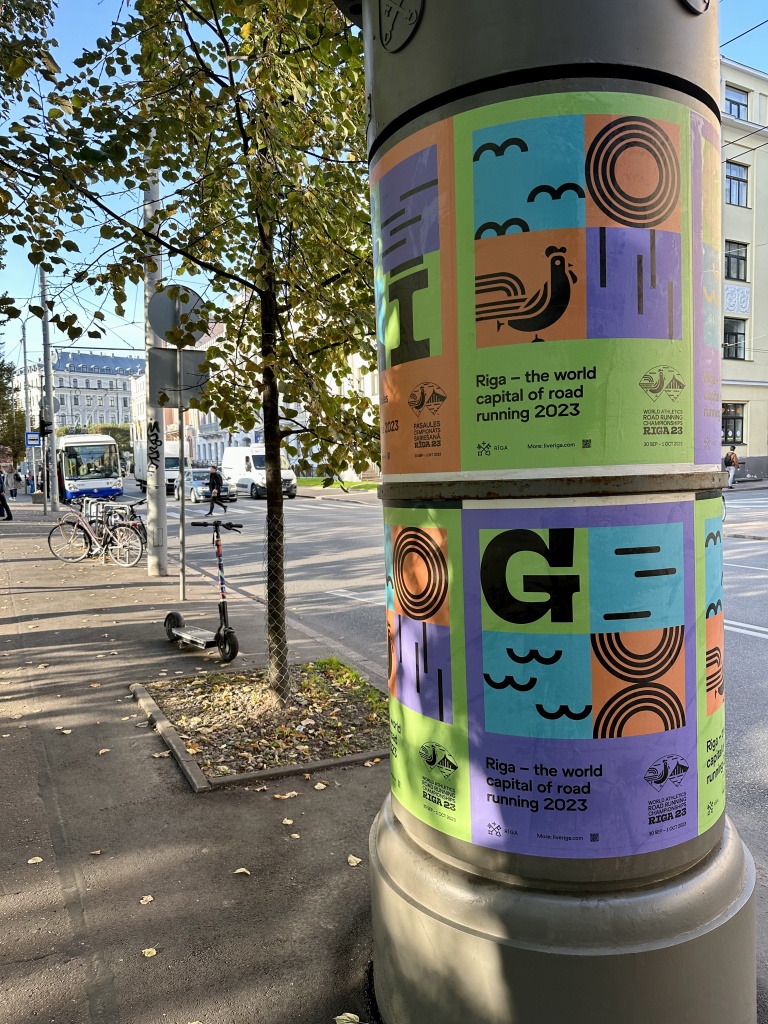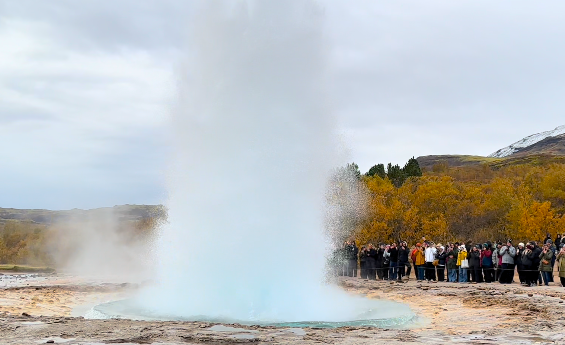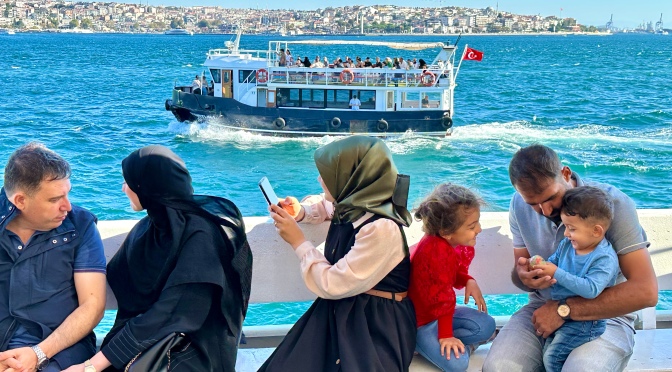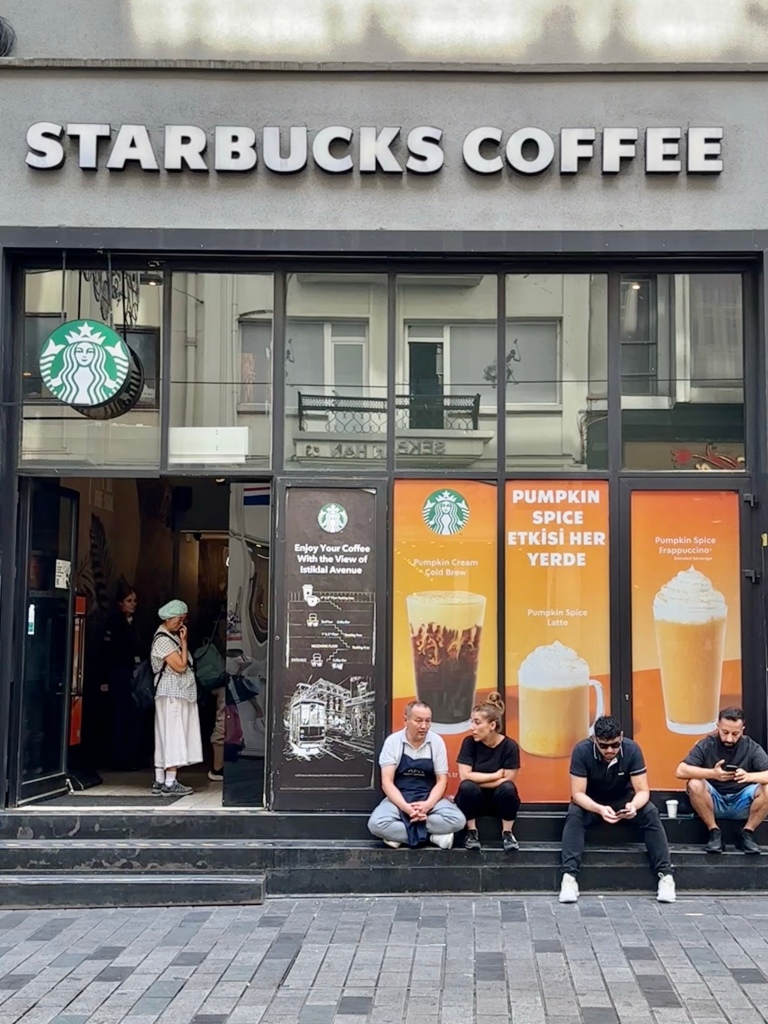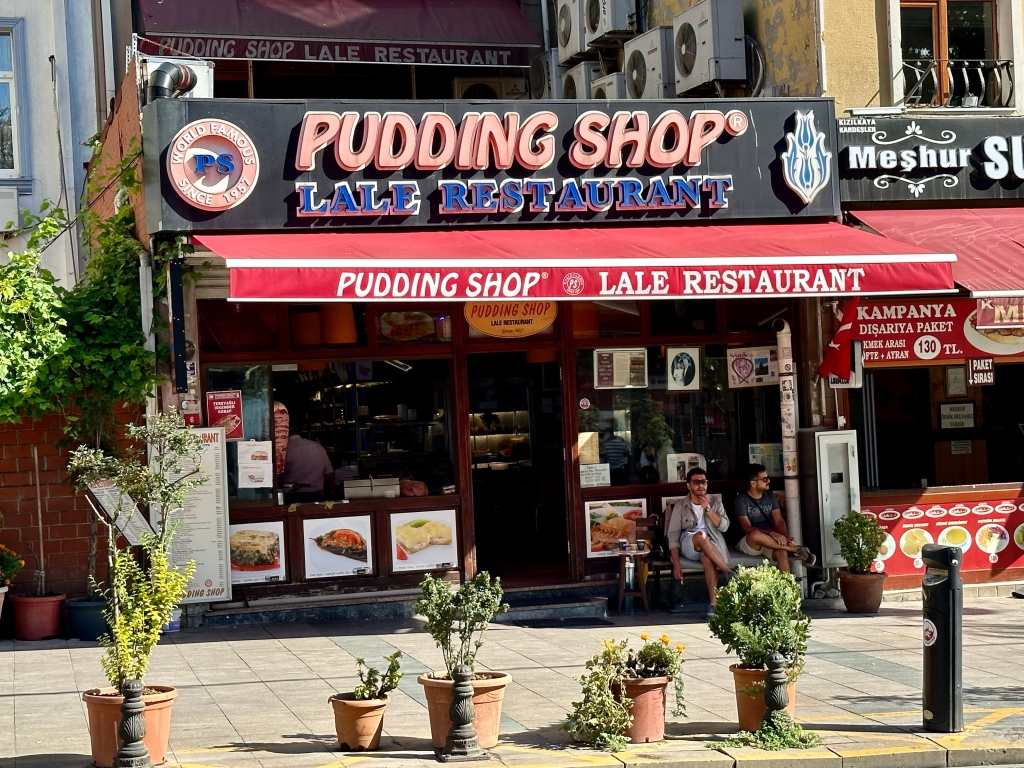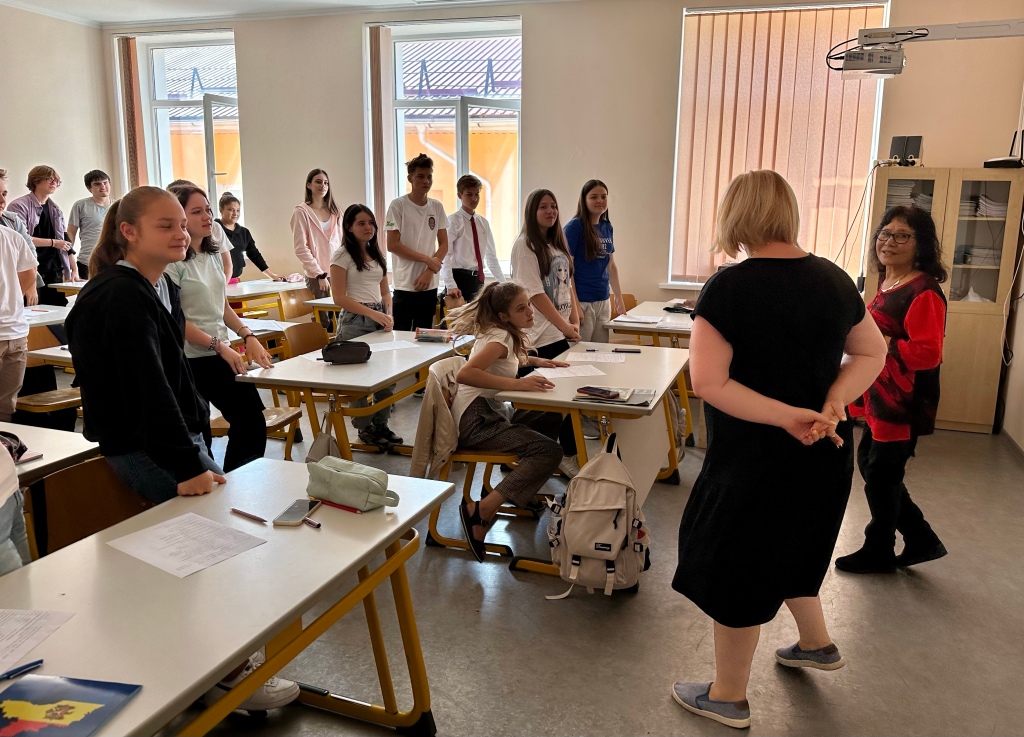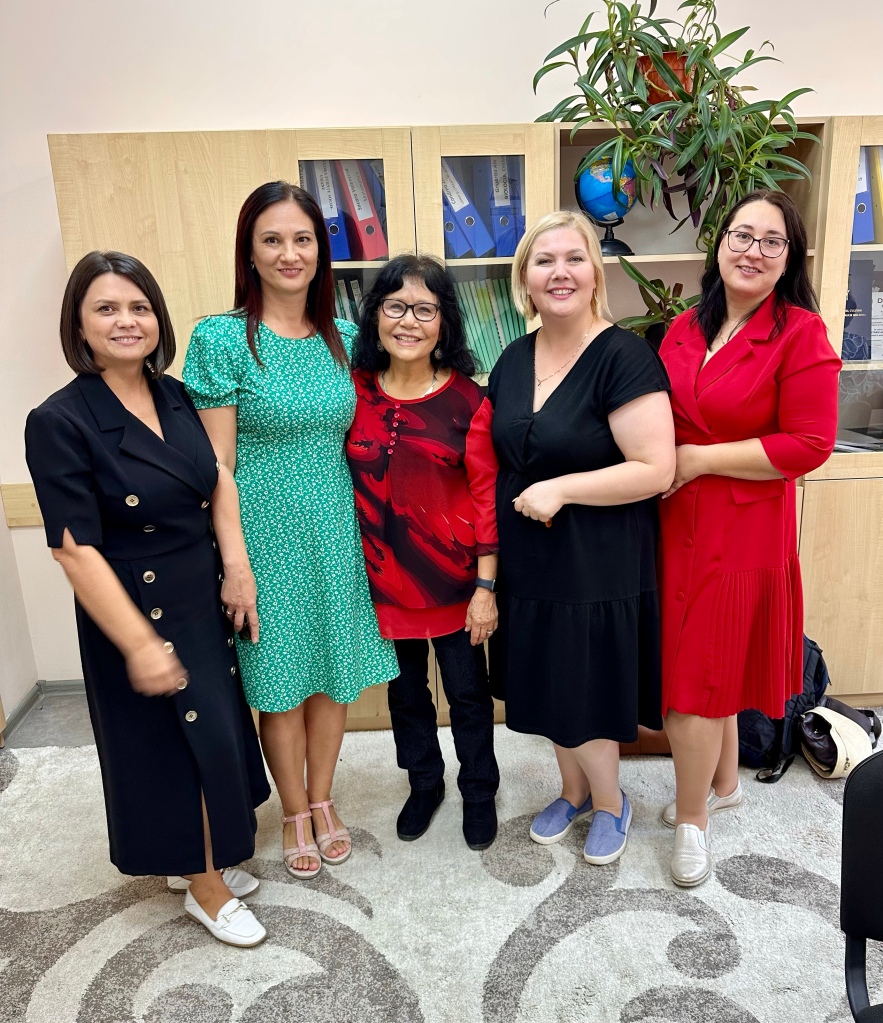Bless your heart, Demon Copperhead. You’ve beaten my annual Top Ten book list like a borrowed mule and now I’m madder than a rattlesnake in a forest fire.
Barbara Kingsolver’s brilliant novel about young Demon’s perilous life in Appalachia was published last year but I read it too late for my 2022 Top Ten list. It turned out to be my favorite book of the year. I also admired its co-winner of the Pulitzer Prize for fiction, Trust, Hernan Diaz’s novel about wealth and deceit in New York. Likewise for another prize-winner, Nobel Prize recipient Abdulrazak Gurnah, whose spellbinding Afterlives transported me to colonial East Africa.
I’m not a professional critic who receives free advance copies, so I read these three books too late for my list. So, too, for some other excellent novels: Tomorrow, and Tomorrow, and Tomorrow; Olga Lies Dreaming; The Trees and The Measure.
My new list again highlights ten books published during the year but, as in 2022, 2021 and 2020, it’s limited to those I read by mid-December. Here’s my 2023 Top Ten:
James McBride’s The Heaven & Earth Grocery Store was my favorite (so far). Set in Pottstown, Pa., it unravels the mystery of a skeleton found in the bottom of a well. McBride draws on his own Jewish and Black heritage to paint a rich portrait of Chicken Hill, a neighborhood whose diverse residents grapple with poverty, discrimination and a rapidly changing world. It’s a whodunit with a huge heart
My other favorite was Birnam Wood by Eleanor Catton, an eco-thriller set in New Zealand. A guerrilla collective of environmental activists forms an uneasy alliance with an elusive American billionaire who wants to build a survivalist bunker. His real goals prove more sinister, leading to an apocalyptic confrontation. The title comes from Macbeth and the final act is just as bloody.
Action and violence also abound in Small Mercies, but here the conflict revolves around the Boston school desegregation battles of the 1970s. As in Mystic River, author Dennis Lehane captures that city’s voices. His central character is Mary Pat, a tough “project chick” from Southie with two failed marriages and a son lost to heroin. When she learns her daughter may be involved in the murder of a young black man, she is caught in a whirlwind, just like the city around her.
In Hello Beautiful, Ann Napolitano tells the story of a boy growing up in a loveless house who finds refuge among his basketball teammates. William goes to college on a scholarship and seems to finally find happiness with an ambitious classmate whose Chicago family embraces him. When their marriage falls apart, he discovers even deeper love — and then tragedy — with an unexpected partner. He nearly dies before reconciling at the end with a figure from his past.
Tom Lake, by Ann Patchett,is set mainly in a cherry orchard in northern Michigan. The farm’s mother, Lara, slowly shares with her daughers — and us — the story of her brief acting career and love affair with an actor who became one of the world’s most famous movie stars. One daughter thinks the actor is her father. Her mother reveals the truth while gently prodding her daughters to contemplate deeper truths about family and what matters in life.
For more action, consider All the Sinners Bleed, the latest thriller from S.A. Cosby, whose Blacktop Wasteland and Razorblade Tears appear on my previous lists. This time Cosby opens with a shooting at a rural Virginia school that leads to chilling revelations about the murders of local Black children. The sheriff slowly makes sense of the case while confronting racism, religious zealots, snake charmers and a former girlfriend who became a podcaster.
The remaining four books on my list are nonfiction, led by Jonathan Eig’s masterful biography of MartinLuther King Jr., which draws on a trove of previously unreleased White House telephone transcripts, F.B.I. documents, letters, oral histories and other documents. I thought I knew a lot about King, but I learned many new things about him as both a man and historical figure, as well as about Malcolm X, the Kennedys and others. Most of all, Eig shows us King’s incredible determination and heroism. I came away with even greater gratitude for his life.
Considerably less admirable are many of the characters in David Grann’s The Wager. Set mainly in South America in the 1740s, it’s a page-turner about a British vessel that wrecks off the coast of Patagonia while pursuing a Spanish galleon. Its survivors are marooned and then embark on a harrowing journey. Those who reach Brazil are hailed as heroes until several other castaways appear and accuse them of mutiny. Who is telling the truth? Author Grann, who wrote Killers of the Flower Moon, presents the evidence he uncovered during years of research.
Timothy Egan’s A Fever in the Heartland takes place closer to home, in Indiana during the 1920s. A charismatic charlatan named D.C. Stephenson leads the Ku Klux Klan to national power, culminating with a march through Washington, D.C. He recruits politicians and others to his movement, which appears unstoppable until his abuse of a local woman leads to his downfall. Especially in today’s world, it’s a sobering reminder of how easily hate groups can attract followers.
My final book, also nonfiction, is a memoir by the historian Drew Gilpin Faust. Necessary Trouble describes her childhood in rural Virginia, a life filled with horses, privilege and racism. Young Drew is a precocious child, as you’d expect of someone who would become Harvard’s president, and she struggles to make sense of her life. Her perspective keeps changing as she travels to Eastern Europe, gets involved in the Civil Rights Movement and protests the Vietnam War. I was moved by her empathy and beautiful writing.
I’ll also salute two excellent nonfiction books that didn’t make my Top Ten: The Undertow, Jeff Sharlet’s journey into far-right extremism, and Traffic, Ben Smith’s origin story about online disinformation, featuring his time at Buzzfeed.
Equally disturbing, although fiction, was Emma Cline’s The Guest, about a young woman who uses sex and manipulation to con her way through the luxurious world of the Hamptons. I was engrossed by her odyssey of desperation and, after finishing it, went on to read Cline’s earlier (and even more chilling) The Girls, based on the women who followed Charlie Manson.
Other novels I enjoyed were much lighter, such as Pineapple Street, about Brooklyn’s wealthy elite; Romantic Comedy, featuring a writer who finds love at a show resembling Saturday Night Live; and The Chinese Groove, about an overly optimistic immigrant who confronts the realities of America.
I love crime fiction and this year discovered Don Winslow, specifically City of Dreams and City on Fire. They’re both set in Providence, where I once lived. I also enjoyed a pair from Ruth Ware: Zero Days and The It Girl. I liked two other thrillers, Crook Manifesto by Colson Whitehead and Every Man a King by Walter Mosley, but found both less compelling than previous work from these two distinguished writers.
A book even older than those I cited at the beginning is Richard Ford’s 2014 novel Let Me Be Frank With You. It’s the fourth in Ford’s series of novels about Frank Bascombe of New Jersey, who is now confronting the indignities of older age. It made me laugh (and cringe) more than any other book this year.
I was less enthusiastic about two of the year’s most honored books, The Bee Sting by Paul Murray (too long; couldn’t finish) and The Rediscovery of America by Ned Blackhawk (an overdue history of Native America but too scholarly for me). I also gave up on Under the Wave at Waimea by Paul Theroux, usually one of my favorites.
Finally, a salute to Cormac McCarthy, who died in June. I’d read several of his books but never All the Pretty Horses, whose brilliance reminded me of his singular talent. I will miss his voice even as I look forward to 2024 and a new year of great books — regardless of their publication dates.
As always, if you have suggestions of your own, please share them here.



